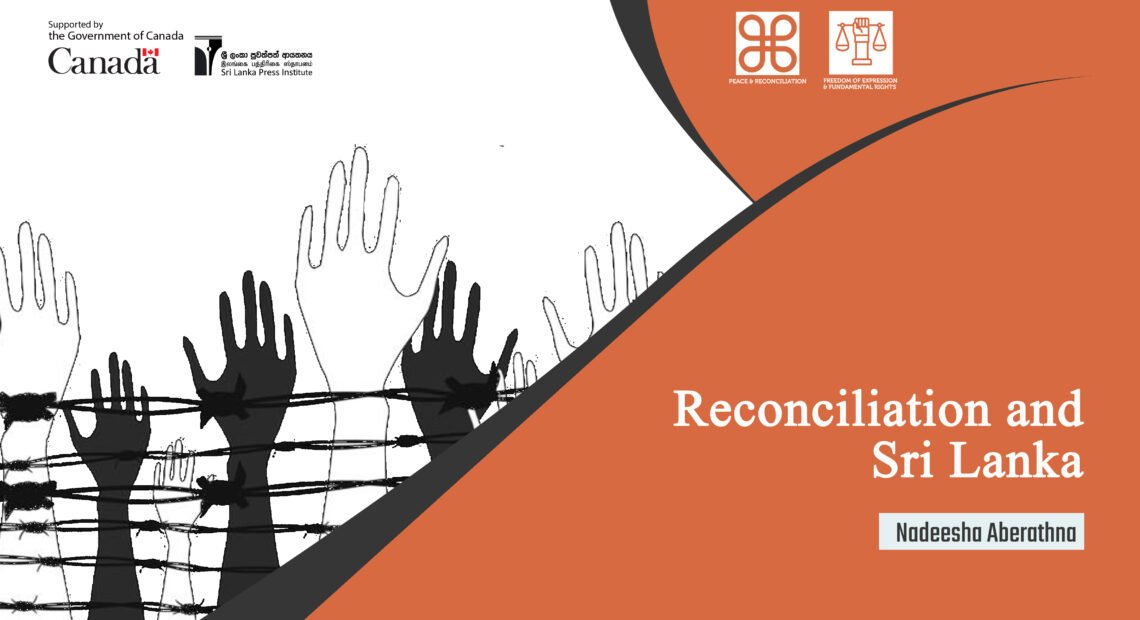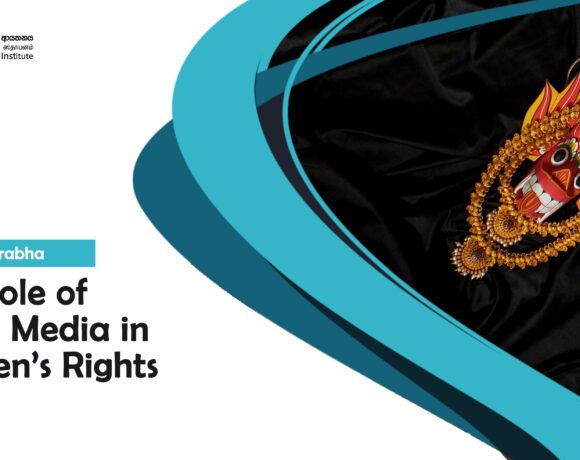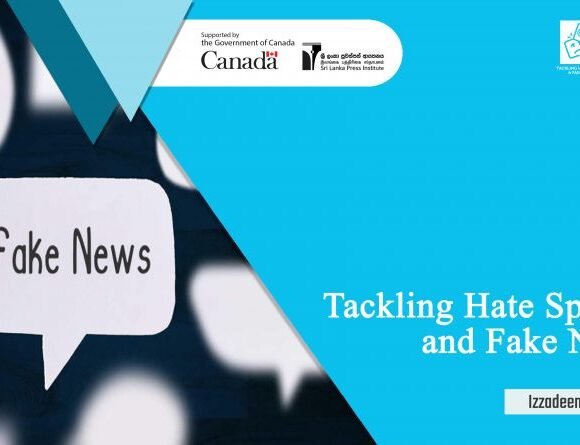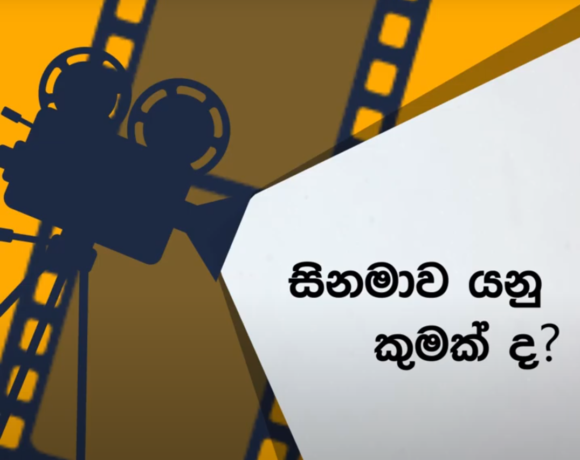Nadeesha Aberathna
What is reconciliation?
In simple terms, reconciliation means harmony of ideas between two or more parties. However, reconciliation takes a more profound meaning within the complicated framework of transitional justice. Reconciliation in the aftermath of massive and widespread human rights violations means rebuilding relationships.
Reconciliation can be categorized as ‘thin’ and ‘thick’. Reconciliation is ‘thin’ when it is based on coexistence with little or no trust, respect, and shared values. ‘Thick’ reconciliation means the restoration of dignity, reversing structural causes of marginalization and discrimination, and restoring victims to their position as rights bearers and citizens. However, reconciliation is only one part of transitional justice and must be related to the context.
International examples
The best example for Sri Lanka’s reconciliation is Sierra Leone which has been severely affected by a decade-long civil war. Rebel ‘Revolutionary United Front’ and the state forces recruited over 10,000 child soldiers during the conflict. These children were used for inhumane acts. Sierra Leone implemented special programs to engage these children in the reconciliation process. They were considered not only war victims and accused, but also catalysts of future changes. An act on child rights was passed in 2007. A unique hybrid court and truth and reconciliation commission were established.
Corrupt, totalitarian rule after annihilating ‘Shining Path’ terrorism in Peru is another excellent example for Sri Lanka regarding reconciliation. Peru had to follow many measures such as establishing a truth commission, investigating the disappearances, fair justice process, and memorialization to establish peace.
Does Sri Lanka need reconciliation?
The 30-year war comes to our mind when talking about reconciliation. However, many other events in Sri Lankan history, such as Sinhala-Muslim riots in the early 20th century, 1971 revolt, and 1983 black July, made reconciliation a requirement. Civil war is a result of failure to provide solutions to those problems. The nearest incident was the Easter Sunday attack in 2019. Discrimination against communities, social injustice, political and economic issues, and the lack of reparation against the atrocities committed against the communities are the causes behind these events. As a multiethnic and multi-religious country, Sri Lanka has the responsibility of delivering justice to these communities. Reconciliation is vital in terms of this.
Sri Lanka’s actions so far
2015 became a turning point of transitional justice. Under the United Nations Human Rights Council’s No. 30/1 resolution, the Sri Lankan government agreed to take legal and non-legal measures regarding past human rights violations. Office of Missing Persons, Truth and Reconciliation Commission, reparation mechanism, and Protection of Victims of Crime and Witnesses Act were crucial changes that offered a ray of hope to the communities whose human rights had been blatantly violated. Sri Lanka must essentially focus on the pillar of reconciliation, guaranteeing non-recurrence of large-scale human rights violations. In this backdrop, it is pathetic that most of the institutions and processes related to reconciliation are paralyzed now.









